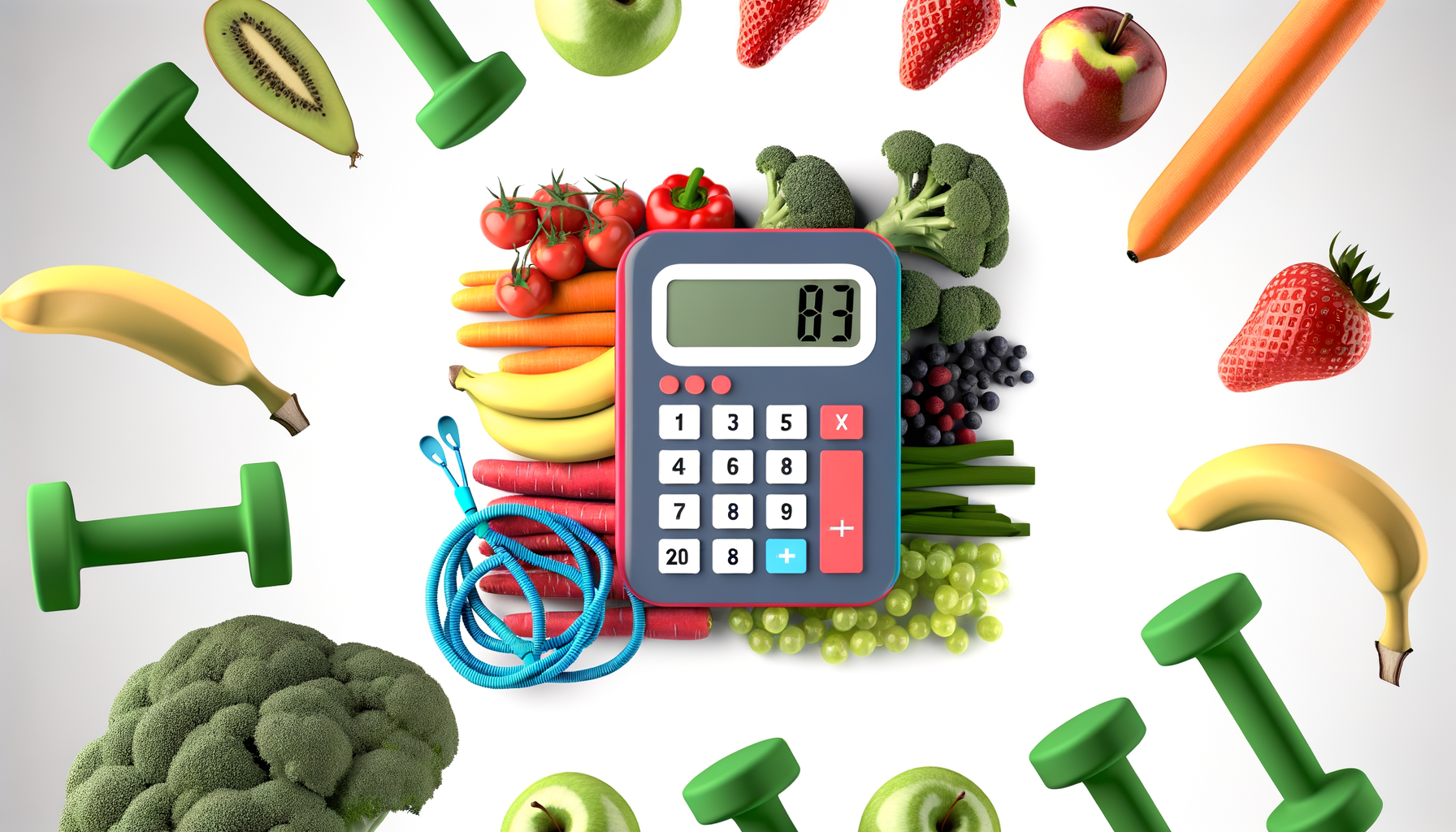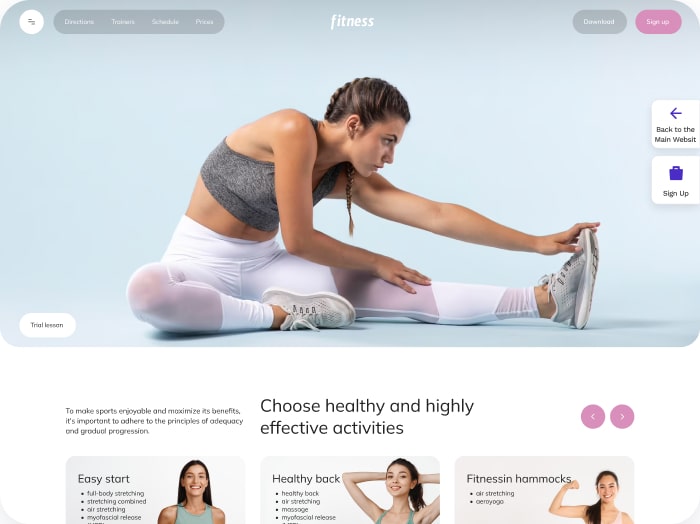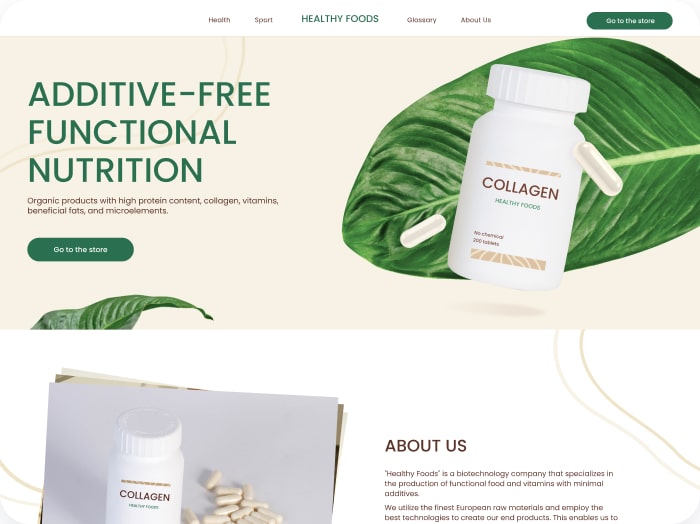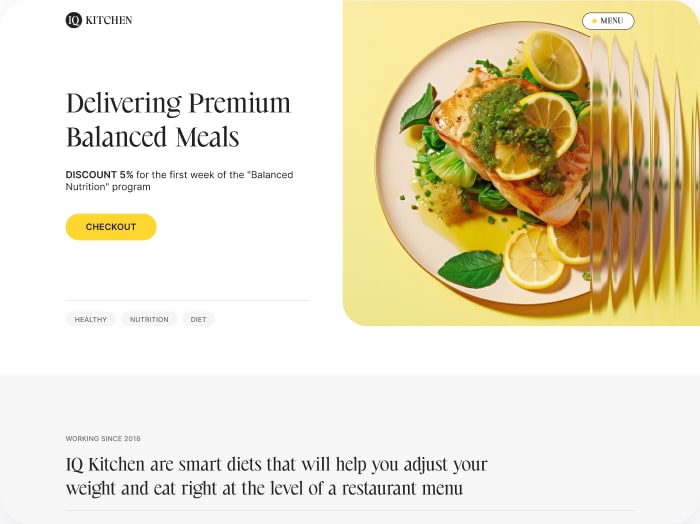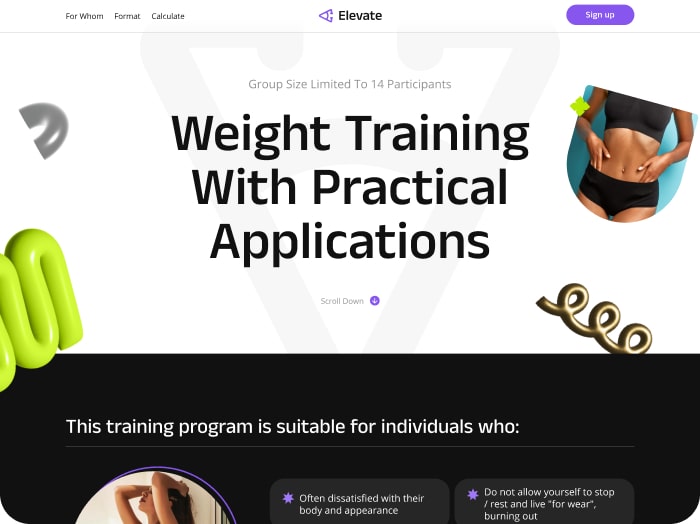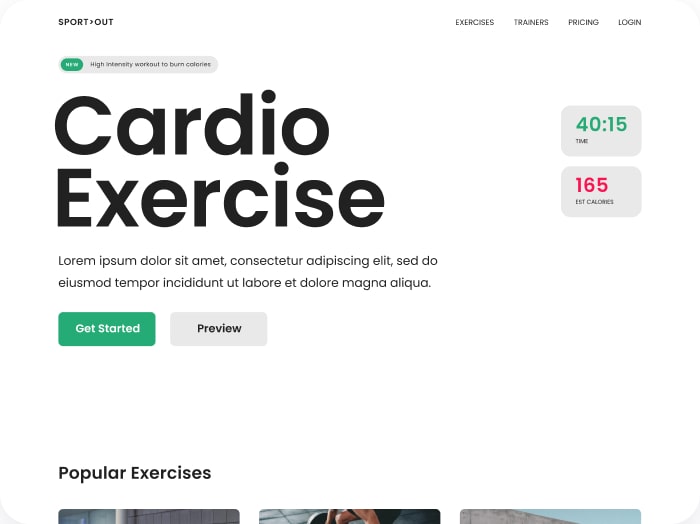Leveraging Advanced Tools to Enhance Health Survey Accuracy
Incorporating calculators into health surveys can significantly elevate the quality and engagement level of your data collection efforts. Tools like Calorie Calculator Cloud empower researchers to capture detailed nutrition information effortlessly while boosting participant interaction. When executed correctly, these techniques not only streamline health data collection but also enable more insightful analysis tailored to public health, clinical research, or wellness programs.
Benefits of Using Calculators in Health Surveys
Integrating calculators such as calorie calculator for surveys and nutrition calculators for research within health surveys offers several advantages:
- Improved Data Accuracy: Calculators reduce errors from manual data entry by automatically processing inputs like food consumption, caloric intake, or health metrics.
- Enhanced Participant Engagement: Interactive calculator tools sustain respondent interest by providing immediate feedback or personalized insights during the survey.
- Streamlined Health Data Collection: Embedding calculators makes it easier for researchers to gather complex nutritional and health-related variables without extensive manual calculations, saving time and resources.
- Expanded Analytical Capacity: Results from integrated calculators can produce standardized, comparable scores (e.g., caloric intake, body mass index) useful for advanced statistical analysis.
Choosing the Right Health Survey Tools
To maximize the effectiveness of your health surveys, selecting reliable tools is crucial. Platforms like Calorie Calculator Cloud offer customizable options that fit various research needs from individual dietary tracking to large-scale nutrition epidemiology studies.
Other recommended health survey tools for data collection and measurement include:
- SurveyMonkey – for creating customizable surveys with sample size calculators and audience targeting.
- Qualtrics – advanced software enabling collaborative survey design and data sharing.
- Poll Everywhere – useful for real-time data gathering through mobile engagement during presentations.
- Himmelfarb Health Survey Tools – list of validated instruments for screenings and assessments.
How to Integrate a Calorie Calculator in Health Surveys
- Define Your Survey Objectives: Identify the specific health or nutrition outcomes you want to measure — for example, daily caloric intake, macronutrient distribution, or changes over time.
- Select the Appropriate Calculator: Use a proven nutrition calculator for research such as those offered by Calorie Calculator Cloud that can be embedded or linked within your survey interface.
- Customize the User Interface: Adapt calculator fields to align with survey questions, making data entry intuitive for participants without overwhelming them.
- Test for Usability and Accuracy: Run pilot surveys to ensure the calculator’s outputs are accurate and its workflow engages participants effectively.
- Implement and Monitor: Launch the survey with integrated calculators and monitor response rates as well as data quality metrics, adjusting as necessary.
Best Practices to Engage Survey Participants
Engagement is key to collecting robust health data. Consider these strategies when deploying health surveys with calculator tools:
- Provide Instant Feedback: Participants appreciate real-time results—calorie and nutrition calculators can offer summaries of their inputs immediately.
- Keep Surveys Concise and Interactive: Avoid overly long questionnaires; interactive elements help maintain interest.
- Use Mobile-Friendly Tools: Many respondents complete surveys on smartphones. Ensure calculators and survey platforms function seamlessly on mobile.
- Incentivize Participation: Consider modest rewards or access to personalized health insights.
Case Study: Nutritional Epidemiology Research With Embedded Calculators
A large university-led nutritional epidemiology study incorporated a calorie calculator for surveys into their online dietary recall instrument. Leveraging this tool, researchers were able to:
- Reduce survey completion times by 25% through automated calorie computation
- Increase participant retention by offering immediate dietary feedback
- Improve accuracy of reported energy intake compared to traditional food frequency questionnaires
This integration ultimately led to richer datasets and enhanced the study’s power to link dietary patterns with health outcomes like obesity and diabetes risk.
Additional Resources and Tools for Health Data Collection
To supplement health surveys with calculators, researchers should explore tools such as:
- Health Drivers Calculator (HD*Calc) – specialized software for monitoring health drivers and disparities, frequently used in cancer and epidemiologic research.
- HealthMeasures Score Calculators – for calculating standardized patient-reported outcome scores.
- NHLBI Study Quality Assessment Tools – assists in evaluating validity and internal consistency of health research instruments.
- CIBMTR Research Calculators – collection of risk assessment and outcome prediction tools for clinical data research.
In-depth planning to integrate these tools properly will enhance the robustness of your health survey projects and facilitate insightful analysis.
Crafting Smarter Health Surveys for Maximum Impact
Health surveys embedded with advanced calculators like those offered by Calorie Calculator Cloud represent an essential evolution in health data collection. By combining precise data input methods with engaging participant experiences, you can achieve high-quality, actionable outcomes that contribute meaningfully to public health knowledge or clinical decision-making.
For those ready to enhance their health survey tools, it is advisable to explore Calorie Calculator Plans to find scalable options that fit both small research studies and broader population health initiatives.
Better survey tools mean better research outcomes. Start integrating nutrition and calorie calculators today to unlock more accurate, impactful health insights tomorrow.
“`